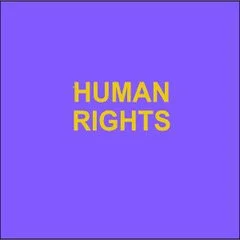By Ximena Canal Laiton
This paper explores the use of smugglers by migrants from Latin America and the Caribbean on their journeys through South America. It is based on 1,129 4Mi surveys and 29 interviews with migrants in Peru, Chile, Bolivia, Argentina and Uruguay conducted between July and October 2024, along with 11 key informant interviews. This paper presents findings on the profiles of migrants who hired smugglers along their journey, the motivations for using them, the services sought, and their general perceptions of smugglers. It also provides information on smugglers’ profiles and modes of operation on South American migration routes. This paper offers empirical evidence to inform decision-makers and humanitarian actors. Key findings 1 4Mi is MMC's flagship quantitative data collection project. 4Mi questionnaires cover why people leave their places of origin, the alternatives they explored, destination options, influences on decision-making, and other topics (global data and data on Latin America and the Caribbean can be accessed through 4Mi Interactive dashboards). For more information on MMC terminology, see: Mixed Migration Centre, MMC (2024a) MMC’s understanding and use of the terms Mixed migration and Human smuggling. | The international instrument defining migrant smuggling is the 2000 Protocol against the smuggling of migrants by land, sea and air, supplementing the United Nations Convention against Transnational Organized Crime. • The use of smugglers is not the norm on migration routes through South America, with only one in five survey respondents reporting having used smugglers during their migration process. Low smuggler use is likely the result of freedom of movement under regional agreements, established migrant networks, and familiarity with well-trodden migration routes, and limited financial capacity. • Smuggler use among Venezuelan respondents is higher than among other South American nationalities (23%, compared to 9% of Colombians, 5% of those from the Southern Cone, and just 2% from other Andean countries), likely due to increasing entry restrictions placed upon them. • Smuggler use increases when movements are more restricted, for example crossing into Peru and Chile, where migrants surveyed and interviewed commonly reported relying on smugglers. • The main services provided by smugglers to respondents were assistance with crossing borders (83%), transportation (65%), the provision of food and water (50%), the provision of documents (33%), and dealing with authorities (31%). • Smugglers in South America have diverse profiles and operate via multiple methods. The majority come from local communities or are migrants who live and operate in transit locations. However, a few smugglers operate in countries of origin—primarily Venezuela—offering “all-inclusive packages” from Venezuela to the intended destination. • Most migrants who use smugglers perceive them as service providers. Some see them as a buffer against the dangers along the route, and another small portion as a potential perpetrator of abuse. • Smugglers were the least mentioned possible perpetrator of incidents among surveyed migrants (7%); other actors, such as members of criminal gangs (55%) and host communities (53%), rank considerably higher as possible threats.
Mixed Migration Centre, 2025. 22p


